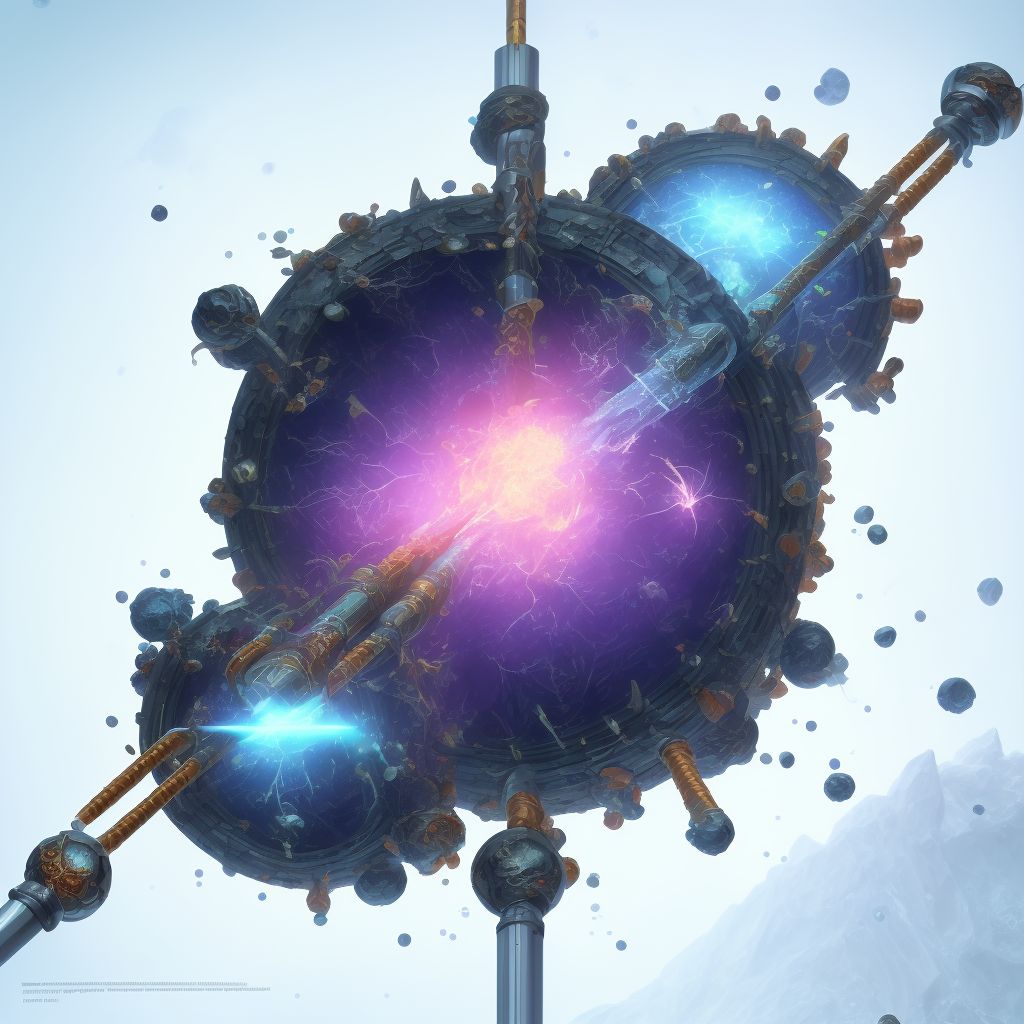
Displaced spiral fracture of shaft of right fibula, subsequent encounter for open fracture type IIIA, IIIB, or IIIC with malunion Save
ICD-10 code: S82.441R
Disease category: S82.441: Displaced spiral fracture of shaft of right fibula
Displaced Spiral Fracture of Shaft of Right Fibula: Understanding the Severity
When it comes to bone fractures, one of the most challenging types is a displaced spiral fracture of the shaft of the right fibula. This specific injury often requires immediate medical attention due to its severity and potential complications. In this article, we will explore the different classifications and risks associated with this type of fracture.
A displaced spiral fracture occurs when the fibula bone, located on the outer side of the lower leg, breaks and the fragments separate and twist around each other. This twisting motion makes the fracture more complicated and increases the risk of malunion, where the bones heal in a misaligned position.
There are three classifications for open displaced spiral fractures: type IIIA, IIIB, and IIIC. These classifications depend on the severity of the injury, ranging from mild to severe. Type IIIA fractures involve a clean wound smaller than 1 cm, type IIIB fractures have a larger wound with significant soft tissue damage, and type IIIC fractures are the most severe, involving arterial injury and potential limb-threatening complications.
- Type IIIA fractures: These fractures are the least severe among the three classifications, with a small and clean wound. However, even though the wound is small, proper medical attention is crucial to prevent any complications.
- Type IIIB fractures: Fractures falling into this category have larger wounds and significant soft tissue damage. They require immediate medical assessment and proper wound care to minimize the risk of infection and promote proper healing.
- Type IIIC fractures: This classification represents the most severe cases, involving arterial injury and high risks of limb-threatening complications. Immediate emergency care is essential to address both the fracture and the vascular damage.
Understanding the severity and classifications of displaced spiral fractures of the shaft of the right fibula is vital for medical professionals and patients alike. Recognizing the risks associated with these fractures can help ensure timely and appropriate medical interventions to prevent further complications.
Remember, if you suspect a displaced spiral fracture of the shaft of your right fibula, seek medical attention immediately to receive the necessary treatment and minimize potential complications.
Treatment of Displaced spiral fracture of shaft of right fibula, subsequent encounter for open fracture type IIIA, IIIB, or IIIC with malunion:
Treatment Options for Displaced Spiral Fracture of Shaft of Right Fibula with Malunion
A displaced spiral fracture of the shaft of the right fibula can be a challenging condition to treat. When combined with malunion, it becomes even more complex. However, with the advancement in medical technology and surgical techniques, there are several treatment options available to manage thi...
To see full information about treatment please Sign up or Log in